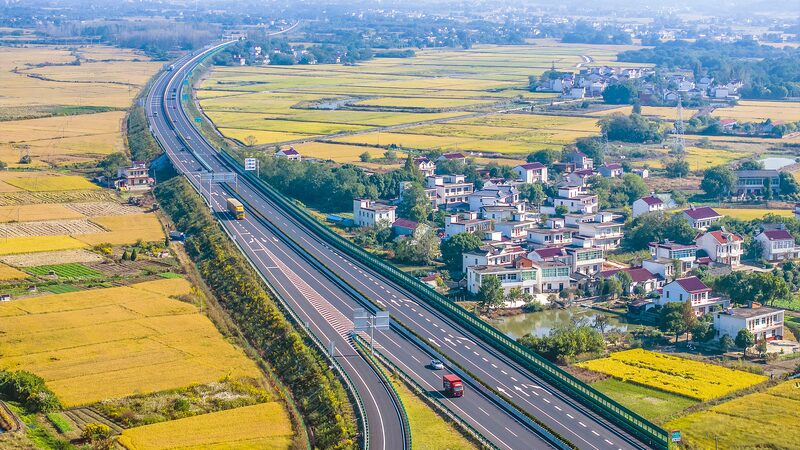China's Ministry of Transport (MOT) has declared the development of standards for low-altitude transport and artificial intelligence (AI) as key priorities for 2025. This initiative underscores the nation's commitment to accelerating road-air collaboration and enhancing intelligent transport systems.
The directive was issued during a meeting on Friday, where a task assignment plan to bolster transport industry standards between 2024 and 2027 was approved, according to an MOT statement.
The ministry emphasized the importance of promoting intelligent transport as part of the national pilot program for service standardization. The goal is to transform the country's transport industry into a smarter and more digitalized sector, aligning with China's broader strategy to develop the low-altitude economy as a new growth engine.
The low-altitude economy encompasses economic activities and industries operating in airspace below 1,000 meters above ground level. It primarily involves the use of manned and unmanned aerial vehicles (drones) for services such as delivery, surveying, inspection, and transportation.
In recent years, China has made significant strides in low-altitude transport and logistics, with drones playing a crucial role in short-haul, cross-region, and urban deliveries. Data from the MOT indicates that approximately 2.7 million parcels were delivered by drones across the country in 2024.
The low-altitude logistics market has experienced rapid growth, expanding from 27.18 billion yuan (about $3.8 billion) in 2020 to 58.18 billion yuan in 2023, according to a report by the Linksum Institute of Digital Industry. Projections by the Civil Aviation Administration of China suggest that the market size could reach 150 billion yuan by 2025.
This development is part of a series of strategic initiatives by the Chinese government to boost the low-altitude economy. In December 2023, the Central Economic Work Conference designated the low-altitude economy as a strategic emerging industry. In March 2024, it was included in the State Council's government work report for the first time, marking its official recognition as a new engine for national economic growth. Furthermore, during the Third Plenary Session of the 20th Central Committee of the Communist Party of China in July 2024, the development of general aviation and the low-altitude economy was explicitly emphasized, solidifying its position in the national strategy.
To coordinate and accelerate these efforts, China established the Low-Altitude Economy Development Department in December last year, signaling a comprehensive push toward the sector's advancement.
Infrastructure development has also kept pace. By the end of 2023, China had built 449 general aviation airports and 32 flight service stations, with cutting-edge technologies such as 5G-A and AI being widely applied in low-altitude economy infrastructure.
According to the Civil Aviation Administration of China, the market size of China's low-altitude economy is expected to reach 1.5 trillion yuan by 2025 and could surpass 3.5 trillion yuan by 2035.
Reference(s):
China prioritizes AI, low-altitude transport standards for 2025
cgtn.com








